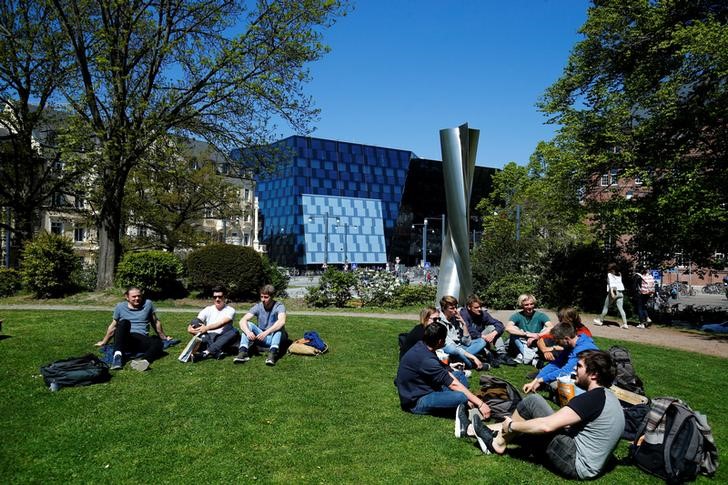By Geoffrey Smith
Investing.com -- The German economy may be slowing sharply, but its labor market held up better than expected in September, as the number of jobless rose by the smallest amount in four months.
Unadjusted unemployment rose by 14,000, half of the previous month's increase and below the 20,000 expected ahead of time by analysts. The seasonally adjusted unemployment rate remained steady at 5.5% of the workforce.
However, the signs are increasing that Europe's largest economy has stopped creating jobs as cripplingly high energy prices exact an ever higher cost on its key manufacturing sector, while also eating into disposable income and consumer sentiment.
The Federal Statistics Office, Destatis, said earlier on Friday that employment had failed to rise for the first time in 18 months in August, after rising by at least 20,000 in each of the previous four months.
In Italy, meanwhile, Istat announced that the seasonally adjusted jobless rate continued its long decline, falling to 7.8% of the workforce. With the exception of one month in 2020 distorted by the pandemic, that's the lowest unemployment Italy has seen in 13 years - a favorable legacy for the new right-wing government under Giorgia Meloni to inherit.
The relative strength of the labor market is one of a dwindling number of factors that give policymakers some optimism for the Eurozone economy as it heads into a winter facing its most acute energy crisis in 40 years.
However, a good part of that strength in recent months has been due to the exceptional summer tourist season, which boomed as two years of pandemic-induced pent-up demand were released. With the summer season now over, the labor market has lost a significant tailwind.
